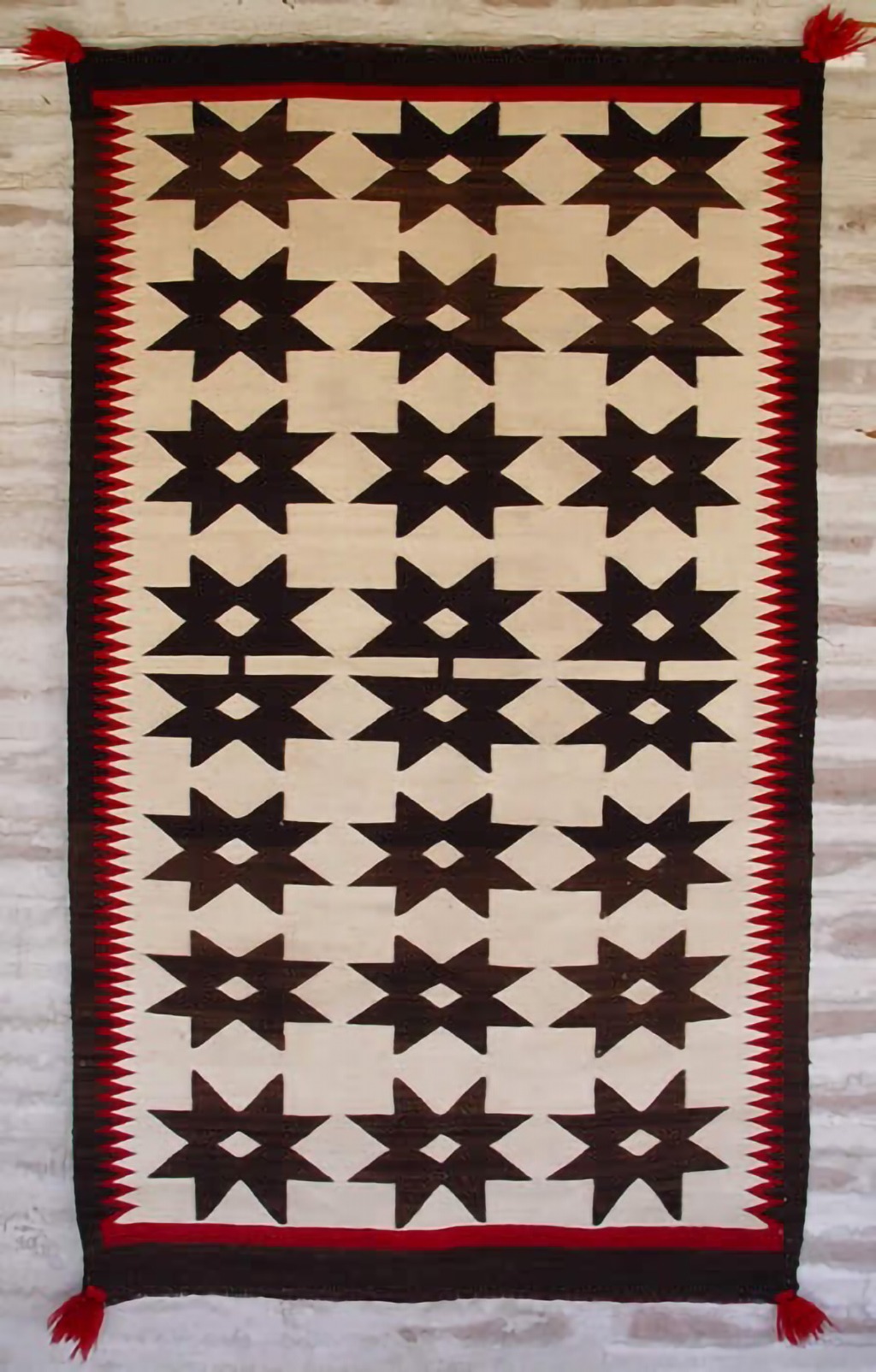
Native American And Hmong: Wear This Design Symbol
The Shared Symbolism of Native American and Hmong Textiles
Discover the fascinating connection between Native American and Hmong cultures as we explore shared design symbols in historic textiles and traditional clothing.


The Shared Symbolism of Native American and Hmong Textiles
Symbols and designs are a universal language, transcending borders and cultures. In the case of Native American and Hmong textiles, the similarities in intricate patterns reveal a shared appreciation for geometry, storytelling, and cultural identity. This blog examines two key examples, showcasing how design symbols from these distinct cultures reflect deeper connections.
Native American Textile: The Crystal-Valero Star Optical Saddle Blanket
One stunning example of Native American craftsmanship is the Crystal-Valero Star Optical Saddle Blanket, a design dating back to 1890. With its striking geometric patterns and vibrant colors, this blanket showcases the ingenuity of Navajo weaving traditions. The star-shaped design elements reflect both practicality and beauty, serving as a symbol of cultural pride.
View the original textile here.
Hmong Textiles: Tradition Woven into Fabric
Hmong textiles are equally rich in symbolism and craftsmanship. A traditional Hmong girl’s outfit often features vibrant geometric patterns, with recurring shapes and symbols that tell stories of ancestry, nature, and spirituality. These designs, often hand-stitched, are a testament to the Hmong community’s dedication to preserving their heritage through art.
See a traditional Hmong design here.
A Cultural Bridge: What Do These Symbols Tell Us?
The geometric star motif prominently found in both the Crystal-Valero Saddle Blanket and Hmong traditional clothing is more than just a decorative element. It may represent a shared ancestral root or a convergence of cultural creativity. Both Native American and Hmong artisans infuse their textiles with meaning, honoring their environment, beliefs, and traditions.
This shared design invites us to consider the interconnectedness of cultures and the possibility of influences traveling across regions and time.
Conclusion
While separated by geography, the similarities between Native American and Hmong symbols suggest a universal human appreciation for storytelling through art. These shared patterns highlight how art and tradition can unite cultures, showcasing a shared language of beauty, resilience, and identity.
By comparing these examples, we celebrate the creativity and craftsmanship of both Native American and Hmong communities, whose textiles continue to inspire and connect us.





Responses